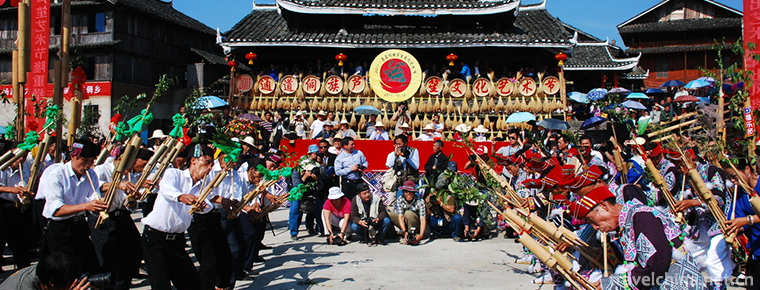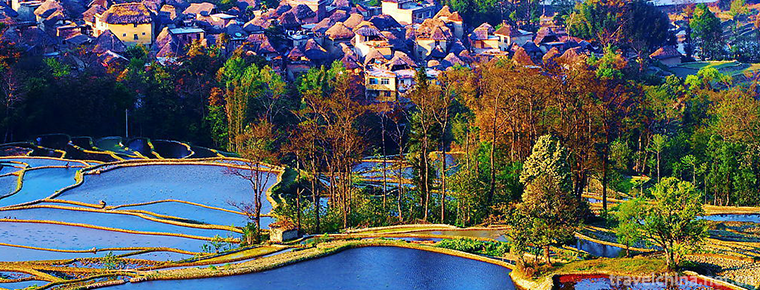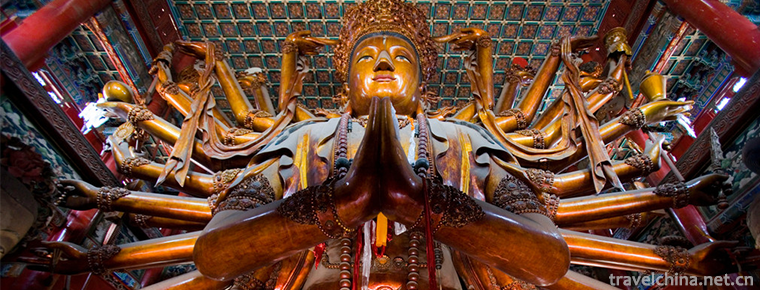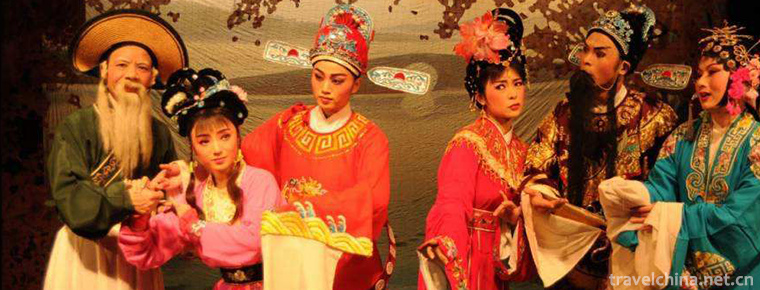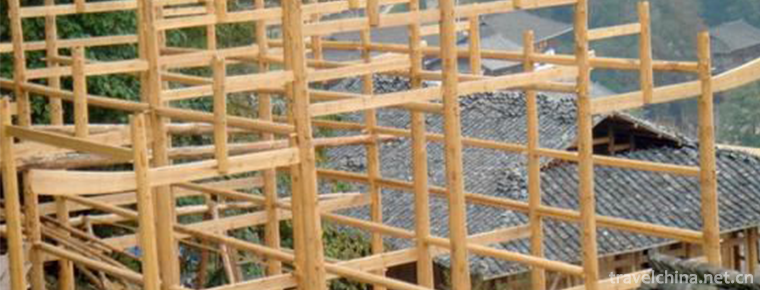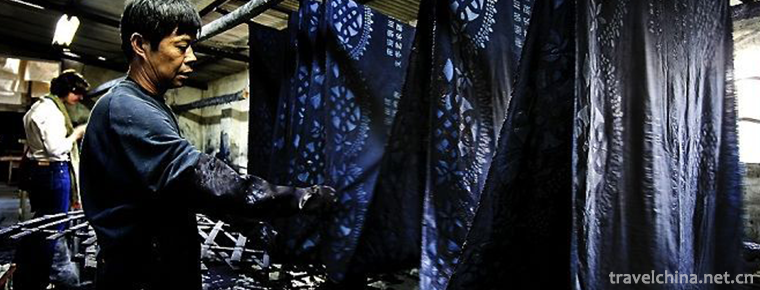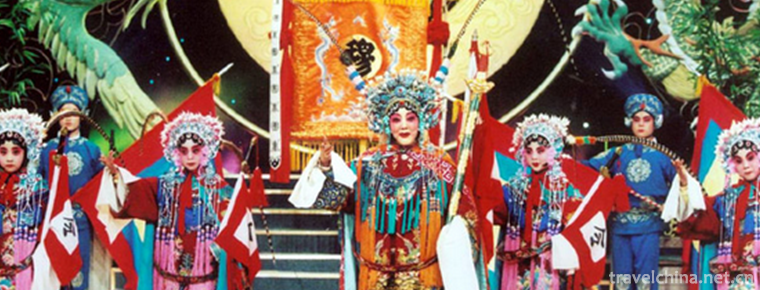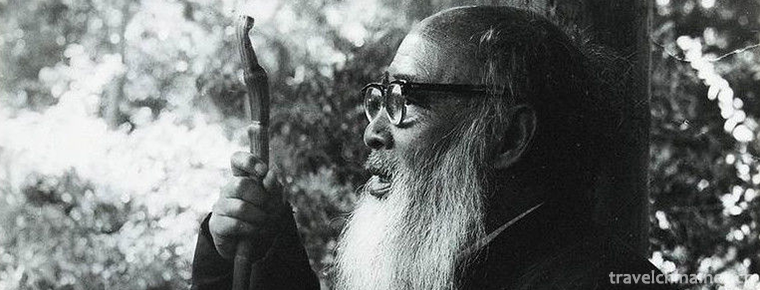Blue Clip Valerian Skills
Blue Clip Valerian Skills
Blue clip valerian technology, the local traditional printing and dyeing technology of Wenzhou City, Zhejiang Province, is one of the national intangible cultural heritage.
Jia Val began in Qin and Han Dynasty and flourished in Tang and Song Dynasty. Tang Ming Emperor once presented it as a national gift to the envoys of Tang Dynasty. In the Yuan and Ming dynasties, Jiavali was transformed into monochrome blue. Finally, it was only preserved in the southern Zhejiang region. Wenzhou was the center of the transformation, and it radiated to some contiguous areas such as Taizhou and Lishui.
On May 23, 2011, the Blue Clip Valerian Art was approved by the State Council of the People's Republic of China to be listed in the third batch of national intangible cultural heritage, project number_-192.
historical origin
Jiavale began in Qin and Han Dynasties and flourished in Tang and Song Dynasties. According to the historical data "Eryi Baolu" records, called Jiavala "between Qin and Han Dynasty, I do not know why man-made." Documents such as Tang Yulin, Records of Things, Pan Shijiwentan and so on show that Liu Jieyu's sister "made the engraving as an image of miscellaneous flowers and as a clip of valves". The poet Bai Juyi once chanted "Chengdu Xinjiavale, Liang Han broken rouge". In Qingyilu, more young scholars sell piano and sword in exchange for valerial clips, which shows that the price is not cheap. In the History of Song Dynasty, there is even a clear record of the imperial decree that "passengers and travellers are not allowed to engage in valerial activities".
Jiavale was a popular dyeing and printing technology in the Tang Dynasty. Tang Ming Emperor once gave it as a national gift to all the Tang envoys. Dunhuang Mogao Grottoes color sculpture Bodhisattva is wearing a valerian costume. At that time, the valerian of color printing and dyeing was made of silk. The fragments of these objects are regarded as national treasures by the British Museum, the Japanese Orthodox and other world museums. In the Yuan and Ming dynasties, Jiavali was transformed into monochrome blue. Finally, it was only preserved in the southern Zhejiang region. Wenzhou was the center of the transformation, and it radiated to some contiguous areas such as Taizhou and Lishui.
Wenzhou complete preservation of engraving, indigo, printing and dyeing process. The blue-jacketed valerian dyeing workshops, which originally existed in Wenzhou counties (cities and districts), were closed in the 1970s. A Cangnan farmer opened dyeing workshops with the help of foreign businessmen, and worked intermittently, which had a positive impact on the inheritance and protection of this skill. In 1997, the Hansheng magazine of Taiwan, China, conducted a field investigation on the blue valerian and published the album "Jiavalerian". For the first time, it announced to the outside world that the technology of Jiavalerian still exists vividly, which caused wide attention to the blue valerian in southern Zhejiang.
Process characteristics
First,
Flow characteristics: The fabric is clamped by engraving and immersed in dye solution. The main features are the diversity of procedures and the exquisite skills. Blue clip valerian technology includes weaving, indigo making, engraving, printing and dyeing and many other links, each link has a cumbersome procedure, and each procedure pays attention to skills, fine technology, high requirements.
Second, pattern characteristics: the main pattern is the opera characters, which involve Kunqu Opera, Peking Opera, random play and so on. It is of great significance to study the patterns of Lanjiavale in Chinese opera and folklore.
Third, use characteristics: only used as quilt cover, is a popular folk wedding necessities. Blue clip valerial is essential for marriage and marriage in southern Zhejiang, and is inseparable from life.
Technological process
The production of Blue Clip valves includes flower engraving, indigo (dyestuff) making and clip valves printing and dyeing. Clamping valves are two patterns engraved and matching each other, holding the fabric for dyeing. The dye solution can not penetrate the prominent part of the pattern, but can be dyed through the concave part, which is just the opposite of seal and type printing. Flower printing is the key of technology. Wood is the first choice for carving. The alternatives are maple, bayberry, Tangli and red wood. The selected tree is first sawn into the required size, and then planed horizontally on both sides. After soaking the plate in the pool for one week, take it out and keep it wet. First draw the "powder copy" (pattern), brush the paste on the embryo, then paste the powder copy. Take the brush and gently brush the powder book, then use the knife to carve directly on it. First, carve the frame outside, then carve the characters and patterns inside from left to right. For the first time, a slant knife is used to carve the bottom shallowly, and for the second or third time, a positive knife is used to dig down in proper proportions. After a block of engraving is finished, the pattern is rubbed back onto the paper. Then brush a layer of paste on the second embryo plate, align around the first plate, grasp the excess part of the pattern exposed outside, and drive the whole pattern to the second embryo plate. Take the needle to break the air bubbles, carefully flatten, to prevent the pattern from deviating, and then start carving the second embryo. The patterns on the front and back of the model should be identical, and there should be no errors. Printing and dyeing is the last and most critical process in the production of blue clip valerian. The finished white cotton cloth is folded in the middle of the pattern and then soaked in the indigo solution for dyeing. It needs to go through the process of finishing cloth, ginseng pattern, dyeing, oxidation, multiple dyeing, multiple oxidation, until dyeing into a solid pattern.
Inheritance and protection
Inheritance value
Blue clip valerial is one of the traditional Chinese printing and dyeing "four valerial" techniques and the source of Chinese block printing and dyeing. The skill of blue clip valerian, from making indigo to making engraving to printing and dyeing, has complicated procedures and exquisite craftsmanship, which is the crystallization of Chinese folk wisdom and the embodiment of traditional folk culture. Hundreds of years of handicraft inheritance is the living fossil of engraving and dyeing. It is of great significance to the study of folk customs and cultural and historical environment in southern Zhejiang. It is a treasure of folk handicraft skills in southern Zhejiang and shows the beautiful local conditions and customs in southern Zhejiang.
Inheritance status
Under the impact of modern industry, the traditional blue-clip valerian technology once disappeared. Only an old artist in the Yandang Valley in Yueqing retained the original printing and dyeing skills of blue-clip valerian. However, the future is not optimistic, because the ancient blue clip valerian is difficult to be accepted by modern people, the Blue Clip valerian technology is facing a re-loss.
Inheriting characters
Wang Hesheng, male, was born in 1955 in Jingshui Village, Mayu Town, Ruian. Wang's ancestors have been engaged in printing and dyeing with blue jacket valerian for nine generations. In the late Qing Dynasty and early Republic of China, they opened dyeing houses in Xinhe Street, Wenzhou. They are famous in Zhejiang and Fujian provinces. After the founding of New China, the dyeing workshop closed. Wang Hesheng's father created a dyeing factory in Mayu. He learned the process from his childhood. In June 2009, Wenzhou Blue Clip Valerial production technology was listed in the third batch of non-heritage protection list in Zhejiang Province. Leader Wang Hesheng was approved as the technical successor of Zhejiang Province and Wenzhou Blue Clip Valerial.
protective measures
Under the situation that Yueqing City pays more and more attention to intangible cultural heritage, with the help of Yueqing cultural department and enthusiasts, Yueqing's blue-clip valerian printing and dyeing technology has been well restored. Chen Songyao's Lanjiavale Dyeing Workshop, the fourth generation successor of Lanjiavale and Yancun in Baishi, finally reopened in 2007.
social influence
Important exhibitions
From June 10 to 14, 2011, a special exhibition of Blue Clip valves was held in the exhibition hall on the first floor of Yueqing Cultural Museum. This exhibition introduces the two technological processes of indigo beating and printing and dyeing as well as the three provincial and municipal inheritors of Blue Clip valerian in Yueqing in the form of both pictures and texts.
On August 12, 2018, spontaneously organized by Valerian Social Practice Group of Beijing University of Science and Technology, the "Blue Clip Valerian Art Exhibition" was opened by Wenzhou Non-material Cultural Heritage Museum.

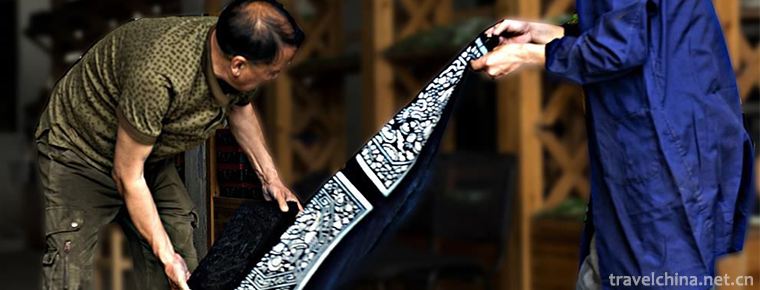
-
Ancient songs of Miao Nationality
Miao Ancient Songs, local traditional folk literature in Taijiang County and Huangping County of Guizhou Province, is one of the national intangible cultural heritage..
Views: 220 Time 2018-12-15 -
Dang Kou ancient town
Dangkou Ancient Town is located in the southeast of Xishan District, Wuxi City, Jiangsu Province. It is adjacent to the Yue noble tombs and Taibo Tombs in the west, and to Suzhou and Changshu in the e.
Views: 129 Time 2019-01-08 -
Hani terrace Yuanyang terrace
Yuanyang Terrace, located in the south of Ailaoshan Mountain in Yuanyang County, Yunnan Province, is a masterpiece left by the Hani people from generation to generation. Yuanyang terrace is the core a.
Views: 117 Time 2019-01-13 -
Puning Temple
Puning Temple is located in Chengde City, Hebei Province. It was built in the Qianlong period of the Qing Dynasty. The first half of the temple is Han-style,.
Views: 155 Time 2019-02-07 -
Taiwanese Opera
Gezi Opera, a local traditional drama in Zhangzhou and Xiamen, Fujian Province, is one of the national intangible cultural heritage..
Views: 278 Time 2019-05-01 -
Production Techniques of Mongolian Lele Car
Lele cart is a cattle cart in Mongolian area, also known as roller cart. Its origin can be traced back to the "Yuan Yuan" recorded in Han Shu. As far back as the Qin and Han Dynasties, the H.
Views: 189 Time 2019-06-03 -
Construction Techniques of Miaozhai Diaojiao Building
Miaozhai hanging-feet building is evolved from the form of "nest dwelling". It is built with bamboo and wood. The lower part of the building is hollow. It is called "semi-dry fence".
Views: 109 Time 2019-06-05 -
Printing and Dyeing Techniques of Nantong Blue Printing Cloth
Nantong Blue Printing and Dyeing Technology, one of the local traditional printing and dyeing techniques in Nantong City, Jiangsu Province, is one of the national intangible cultural heritage..
Views: 157 Time 2019-06-07 -
Henan Opera
Henan Opera, originating in the Central Plains (Henan), is one of the five major Chinese operas and the largest local opera in China. Contemporary Henan Opera has followed Henan Satellite TV, Henan He.
Views: 222 Time 2019-07-16 -
Fobao scenic spot
Fobao scenic spot, located 128 kilometers southeast of Sichuan Province, is located in the southern edge of Sichuan Basin. It is a primeval forest area at the tail of the North vein of Dalou mountain. It covers an area of 380 square kilometers. It has the characteristics of mountain, water, stone and forest. It is a subtropical humid climate with superior natural conditions and well preserved vegetation..
Views: 171 Time 2020-10-16 -
Dazhou environmental protection
In 2019, the afforestation area of Dazhou city is 11666.60 hectares, the forest area is 735300 hectares, and the forest coverage rate is 44.34%. The air, water and soil pollution prevention and control were carried out in depth. The air compliance rate .
Views: 95 Time 2020-12-20
